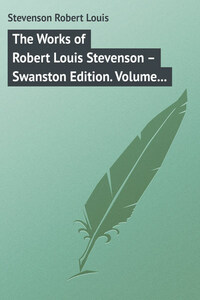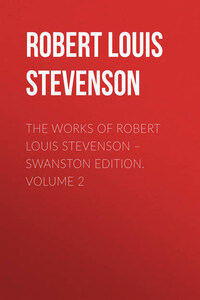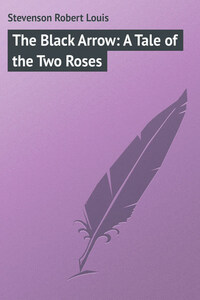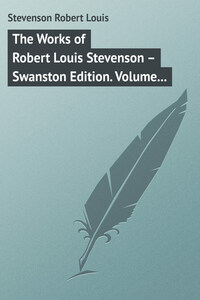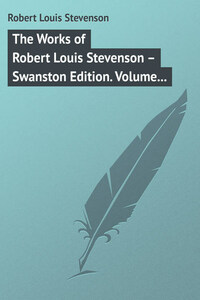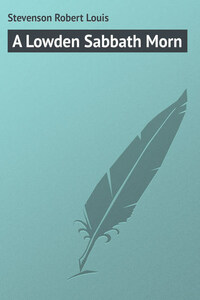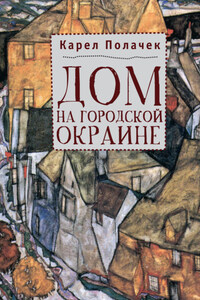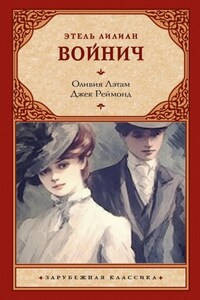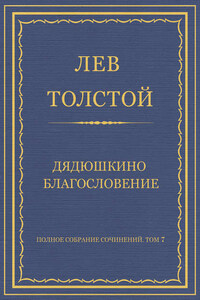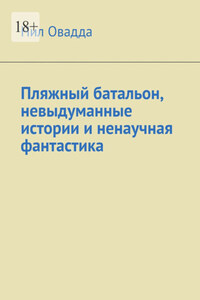PREFACE BY WAY OF CRITICISM
These studies are collected from the monthly press. One appeared in the New Quarterly, one in Macmillan’s, and the rest in the Cornhill Magazine. To the Cornhill I owe a double debt of thanks; first, that I was received there in the very best society, and under the eye of the very best of editors; and second, that the proprietors have allowed me to republish so considerable an amount of copy.
These nine worthies have been brought together from many different ages and countries. Not the most erudite of men could be perfectly prepared to deal with so many and such various sides of human life and manners. To pass a true judgment upon Knox and Burns implies a grasp upon the very deepest strain of thought in Scotland, – a country far more essentially different from England than many parts of America; for, in a sense, the first of these men re-created Scotland, and the second is its most essentially national production. To treat fitly of Hugo and Villon would involve yet wider knowledge, not only of a country foreign to the author by race, history, and religion, but of the growth and liberties of art. Of the two Americans, Whitman and Thoreau, each is the type of something not so much realised as widely sought after among the late generations of their countrymen; and to see them clearly in a nice relation to the society that brought them forth, an author would require a large habit of life among modern Americans. As for Yoshida, I have already disclaimed responsibility; it was but my hand that held the pen.
In truth, these are but the readings of a literary vagrant. One book led to another, one study to another. The first was published with trepidation. Since no bones were broken, the second was launched with greater confidence. So, by insensible degrees, a young man of our generation acquires, in his own eyes, a kind of roving judicial commission through the ages: and, having once escaped the perils of the Freemans and the Furnivalls, sets himself up to right the wrongs of universal history and criticism. Now it is one thing to write with enjoyment on a subject while the story is hot in your mind from recent reading, coloured with recent prejudice; and it is quite another business to put these writings coldly forth again in a bound volume. We are most of us attached to our opinions; that is one of the “natural affections” of which we hear so much in youth; but few of us are altogether free from paralysing doubts and scruples. For my part, I have a small idea of the degree of accuracy possible to man, and I feel sure these studies teem with error. One and all were written with genuine interest in the subject; many, however, have been conceived and finished with imperfect knowledge; and all have lain, from beginning to end, under the disadvantages inherent in this style of writing.
Of these disadvantages a word must here be said. The writer of short studies, having to condense in a few pages the events of a whole lifetime, and the effect on his own mind of many various volumes, is bound, above all things, to make that condensation logical and striking. For the only justification of his writing at all is that he shall present a brief, reasoned, and memorable view. By the necessity of the case, all the more neutral circumstances are omitted from his narrative; and that of itself, by the negative exaggeration of which I have spoken in the text, lends to the matter in hand a certain false and specious glitter. By the necessity of the case, again, he is forced to view his subject throughout in a particular illumination, like a studio artifice. Like Hales with Pepys, he must nearly break his sitter’s neck to get the proper shadows on the portrait. It is from one side only that he has time to represent his subject. The side selected will either be the one most striking to himself, or the one most obscured by controversy; and in both cases that will be the one most liable to strained and sophisticated reading. In a biography, this and that is displayed; the hero is seen at home, playing the flute; the different tendencies of his work come one after another into notice; and thus something like a true general impression of the subject may at last be struck. But in the short study, the writer, having seized his “point of view,” must keep his eye steadily to that. He seeks, perhaps, rather to differentiate than truly to characterise. The proportions of the sitter must be sacrificed to the proportions of the portrait; the lights are heightened, the shadows overcharged; the chosen expression, continually forced, may degenerate at length into a grimace; and we have at best something of a caricature, at worst a calumny. Hence, if they be readable at all and hang together by their own ends, the peculiar convincing force of these brief representations. They take so little a while to read, and yet in that little while the subject is so repeatedly introduced in the same light and with the same expression, that, by sheer force of repetition, that view is imposed upon the reader. The two English masters of the style, Macaulay and Carlyle, largely exemplify its dangers. Carlyle, indeed, had so much more depth and knowledge of the heart, his portraits of mankind are felt and rendered with so much more poetic comprehension, and he, like his favourite Ram Dass, had a fire in his belly so much more hotly burning than the patent reading lamp by which Macaulay studied, that it seems at first sight hardly fair to bracket them together. But the “point of view” was imposed by Carlyle on the men he judged of in his writings with an austerity not only cruel but almost stupid. They are too often broken outright on the Procrustean bed; they are probably always disfigured. The rhetorical artifice of Macaulay is easily spied; it will take longer to appreciate the moral bias of Carlyle. So with all writers who insist on forcing some significance from all that comes before them; and the writer of short studies is bound, by the necessity of the case, to write entirely in that spirit. What he cannot vivify he should omit.
